Description
Tylosin: A Comprehensive Look at its Uses, Mechanisms, and Considerations
Tylosin is a macrolide antibiotic primarily used in veterinary medicine to treat a wide range of bacterial infections. While not typically used in human medicine due to the availability of other, more effective macrolides, understanding its properties is crucial for veterinary professionals and anyone interested in animal health. This article will delve into the uses, mechanism of action, potential side effects, and important considerations surrounding the use of tylosin.
What is Tylosin?
Tylosin belongs to the macrolide class of antibiotics, characterized by a large macrocyclic lactone ring. It’s derived from Streptomyces fradiae and is active against a variety of gram-positive bacteria, some gram-negative bacteria, and mycoplasmas. It comes in various forms, including injectable solutions, oral powders, and feed additives, each designed for specific applications.
Applications in Veterinary Medicine:
Tylosin’s broad spectrum of activity makes it a valuable tool in treating various animal infections. Its common uses include:
- Respiratory Infections: Tylosin is frequently used to treat respiratory infections in cattle, swine, and poultry, including pneumonia, bronchitis, and rhinitis. It’s particularly effective against organisms like Mycoplasma hyopneumoniae in pigs and chronic respiratory disease (CRD) in poultry.
- Digestive Tract Infections: It can be used to treat enteritis (inflammation of the intestines) in various animals, often caused by susceptible bacteria.
- Foot Rot: Tylosin can be used to treat foot rot in cattle and sheep, a bacterial infection that causes lameness.
- Infectious Sinusitis in Turkeys: This is a common use for injectable tylosin in turkeys.
- Pinkeye (Infectious Bovine Keratoconjunctivitis): Tylosin can be used in the treatment of pinkeye.
Mechanism of Action:
Tylosin works by inhibiting bacterial protein synthesis. It binds to the 50S ribosomal subunit, preventing the translocation of peptidyl-tRNA, effectively halting the elongation of the polypeptide chain. This action disrupts the bacteria’s ability to produce essential proteins, leading to growth inhibition and ultimately bacterial death (bacteriostatic effect, although it can be bactericidal at higher concentrations).
Administration and Dosage:
The administration route and dosage of tylosin vary depending on the animal species, the type and severity of the infection, and the formulation used. It’s crucial to follow veterinary instructions carefully to ensure proper treatment and avoid potential complications. Forms like injectable solutions are generally administered by a veterinarian or under their direct supervision. Oral powders are often mixed into feed or water, requiring precise measurement to achieve the correct dosage.
Potential Side Effects and Considerations:
While generally considered safe when used appropriately, tylosin can have potential side effects. These may include:
- Gastrointestinal Disturbances: Diarrhea, vomiting, and loss of appetite can occur, especially with oral administration.
- Injection Site Reactions: Pain, swelling, or inflammation can occur at the injection site with injectable formulations.
- Allergic Reactions: While rare, allergic reactions such as skin rashes, hives, or difficulty breathing can occur.
- Antimicrobial Resistance: Overuse and misuse of tylosin, like any antibiotic, can contribute to the development of antimicrobial resistance, making the antibiotic less effective over time. This is a significant concern in both veterinary and human medicine.
- Drug Interactions: Tylosin can interact with other medications. It’s essential to inform your veterinarian of all medications your animal is receiving before starting tylosin treatment.
Important Considerations and Precautions:
- Veterinary Consultation is Essential: Never administer tylosin without first consulting a veterinarian. Self-treating can lead to improper diagnosis, incorrect dosage, and the development of antimicrobial resistance.
- Withdrawal Periods: In food-producing animals, tylosin has specific withdrawal periods that must be observed before the animal’s products (meat, milk, eggs) can be safely consumed by humans. Failure to adhere to these withdrawal periods can lead to antibiotic residues in food.
- Storage: Store tylosin according to the manufacturer’s instructions to maintain its effectiveness.
- Complete the Course of Treatment: Always complete the full course of treatment prescribed by your veterinarian, even if your animal appears to be feeling better. Stopping treatment prematurely can allow the infection to relapse and contribute to antimicrobial resistance.
- Use Responsibly: Tylosin should only be used when necessary and appropriate, based on a proper diagnosis and sensitivity testing (when possible) to ensure the bacteria causing the infection is susceptible.
Conclusion:
Tylosin is a valuable antibiotic in veterinary medicine, offering effective treatment for a range of bacterial infections in various animal species. However, responsible use, under the guidance of a veterinarian, is crucial to ensure its continued effectiveness, minimize the risk of side effects, and prevent the development of antimicrobial resistance. Understanding its mechanisms, potential side effects, and appropriate usage is essential for all involved in animal care.

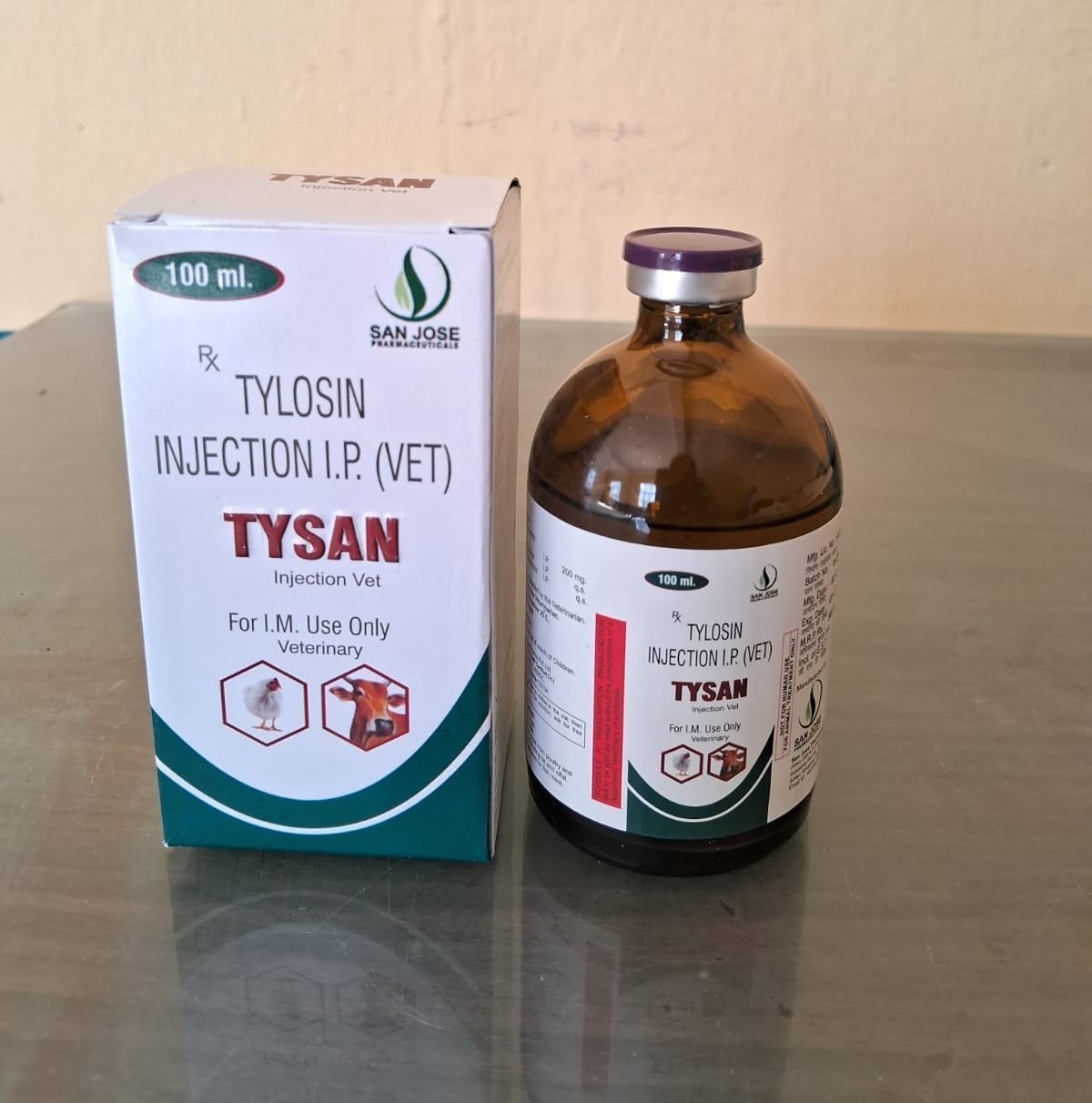


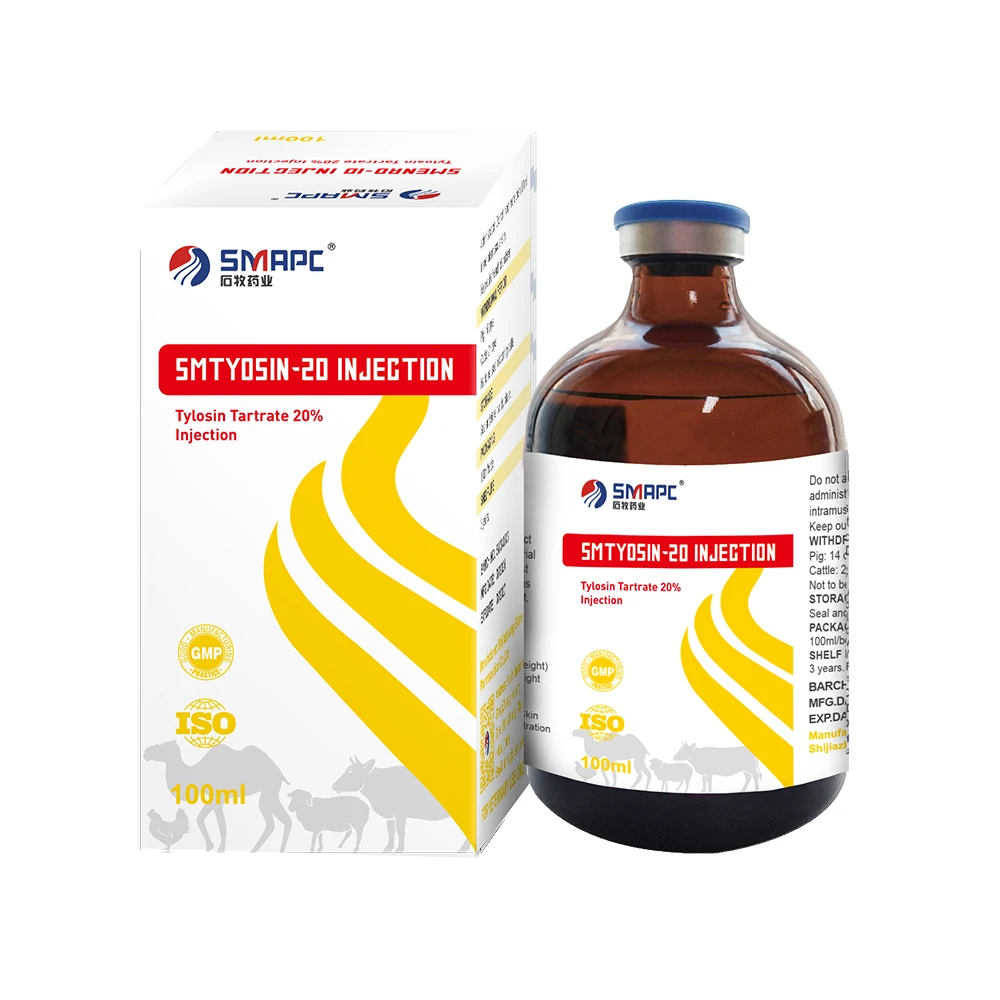
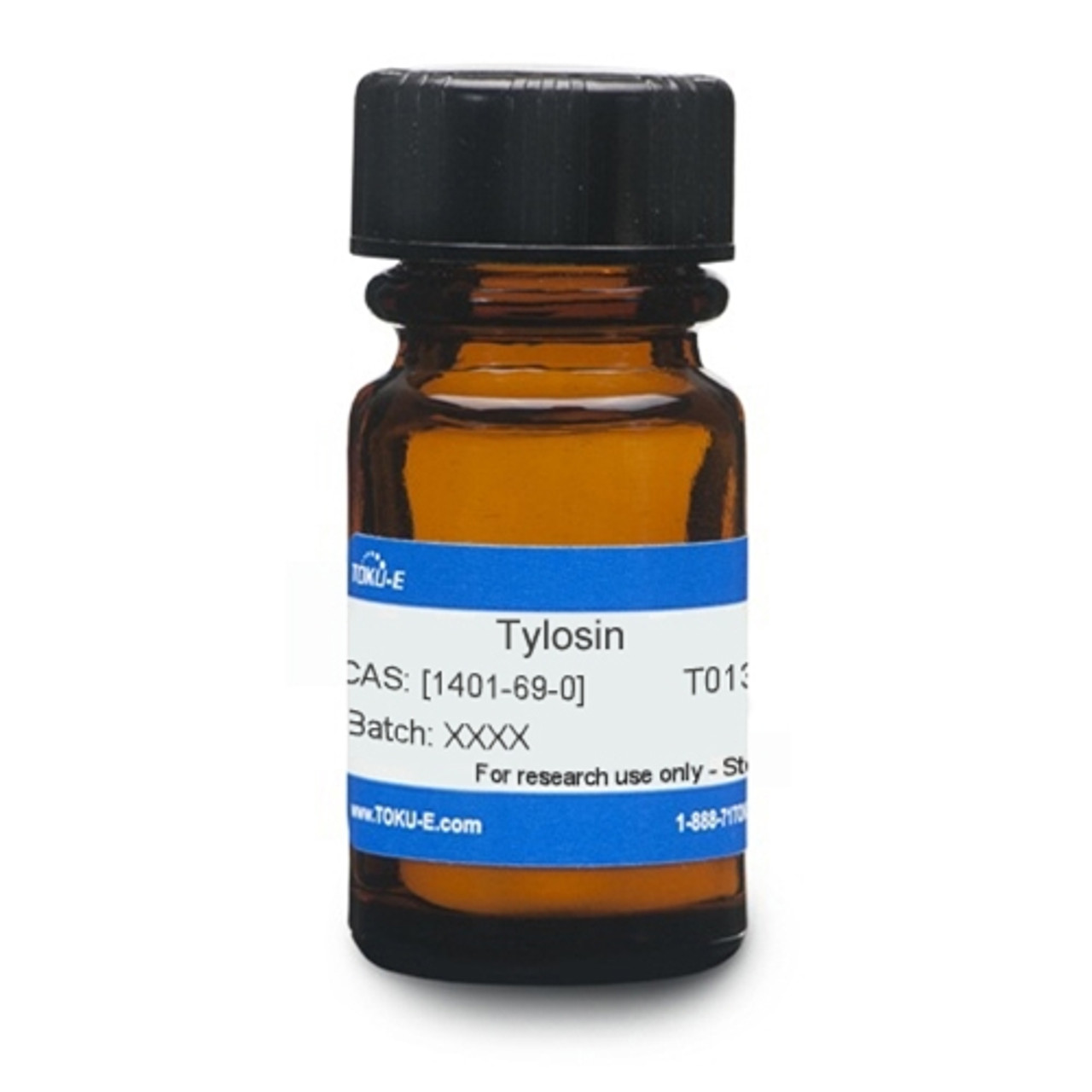

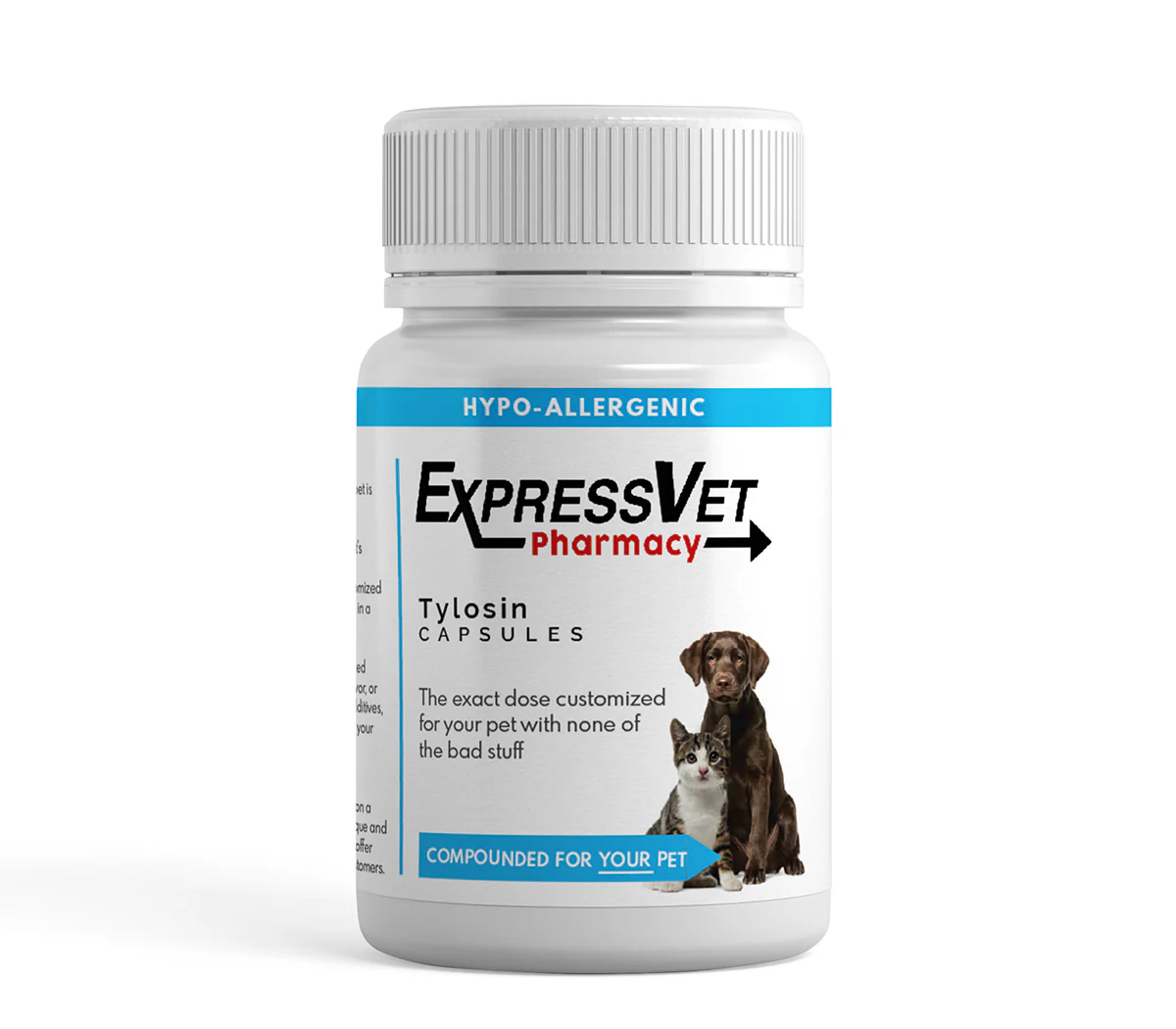

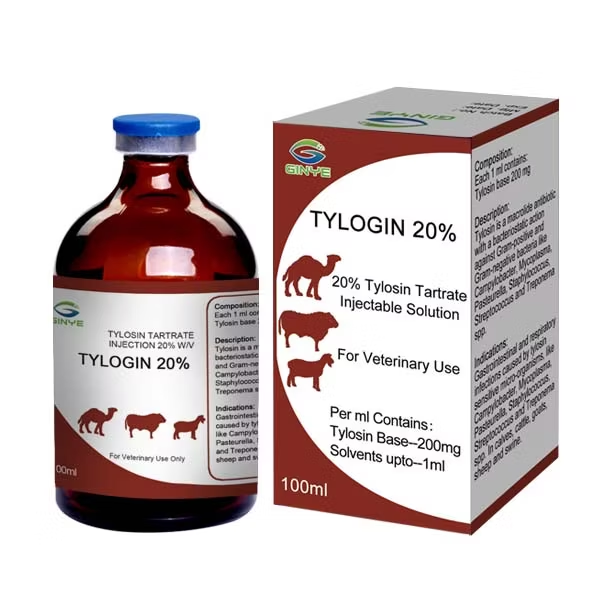
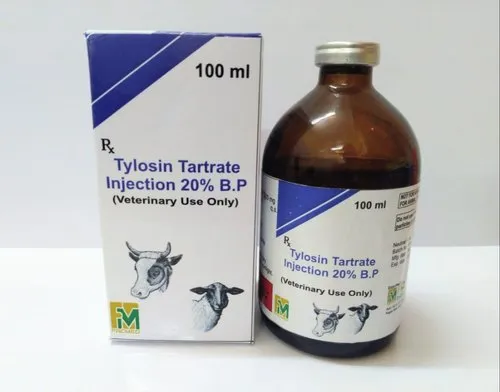
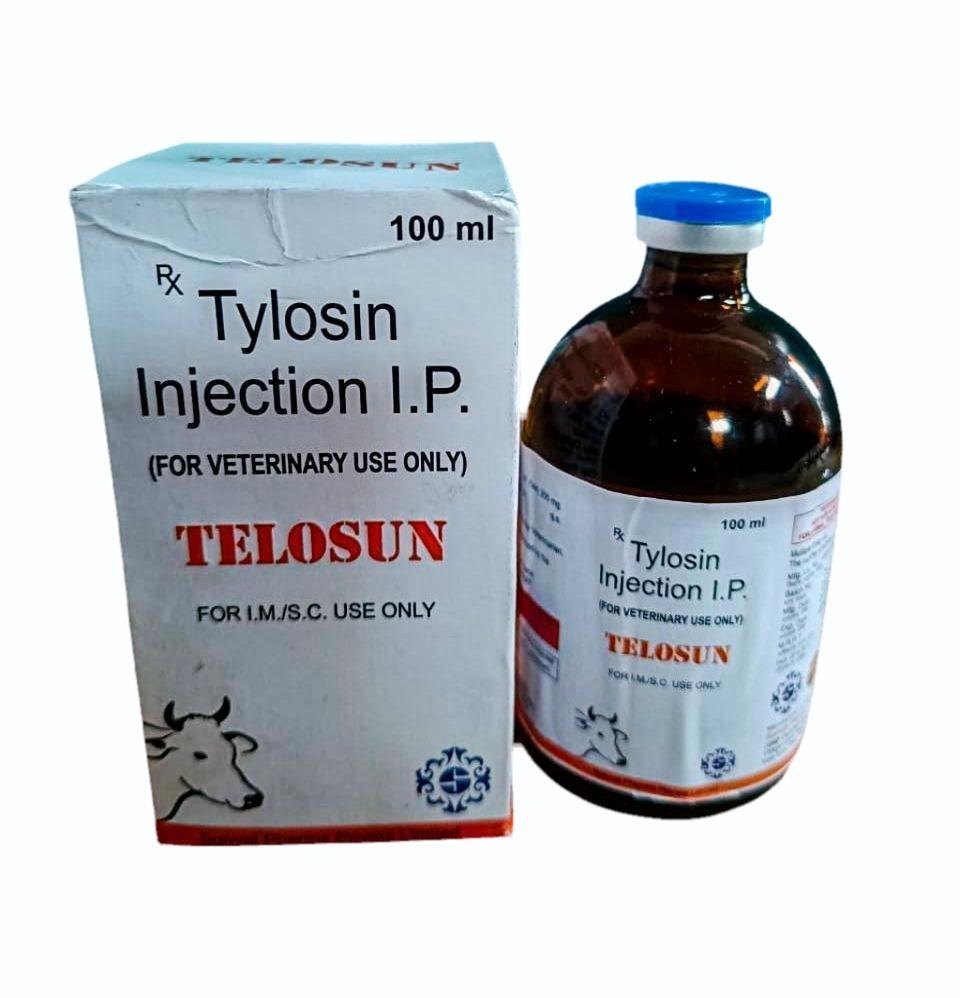

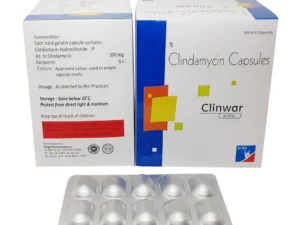


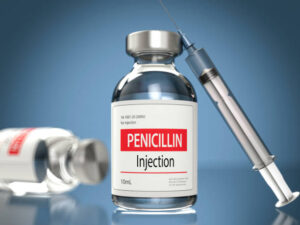
Reviews
There are no reviews yet.